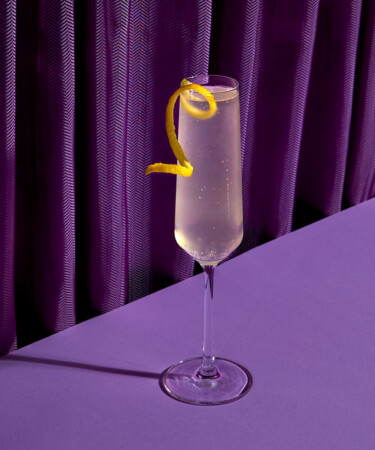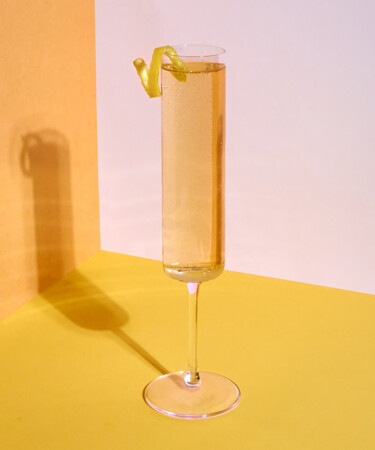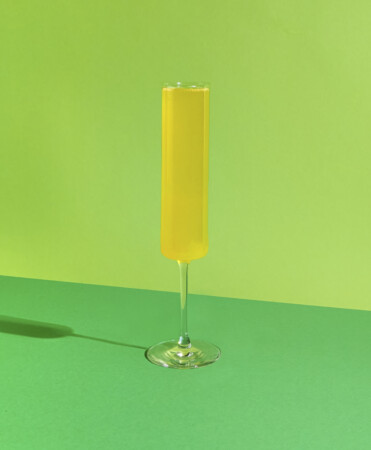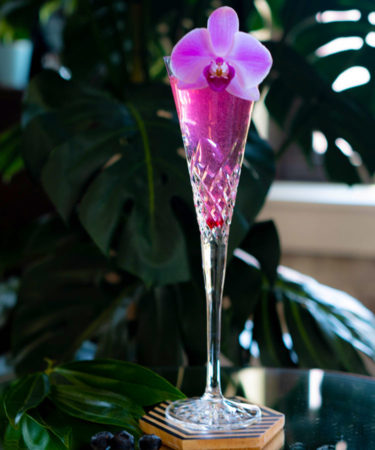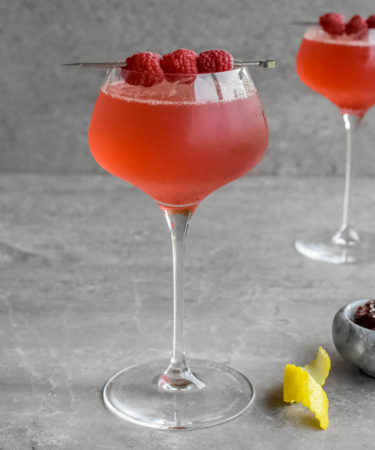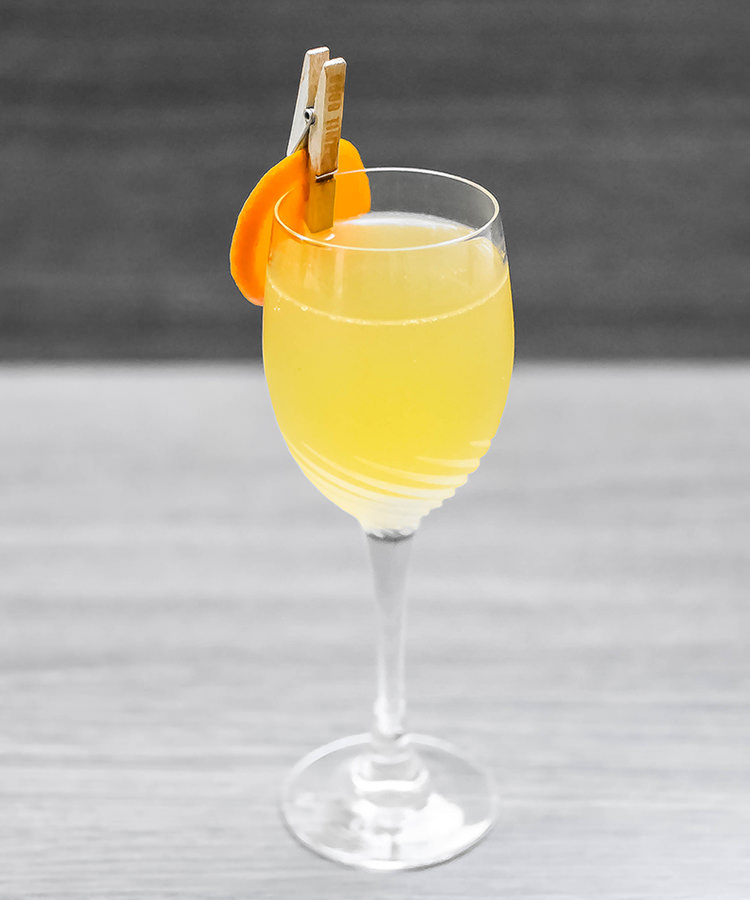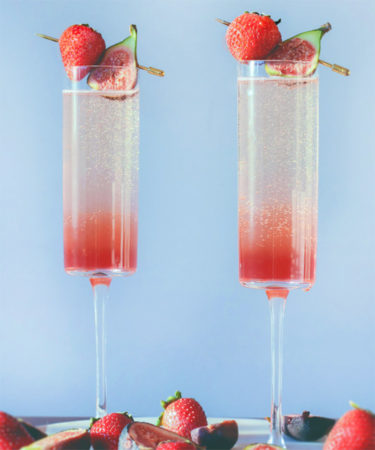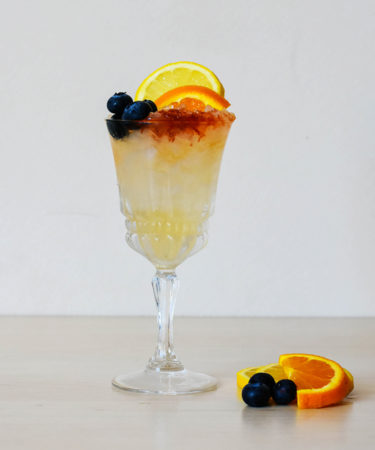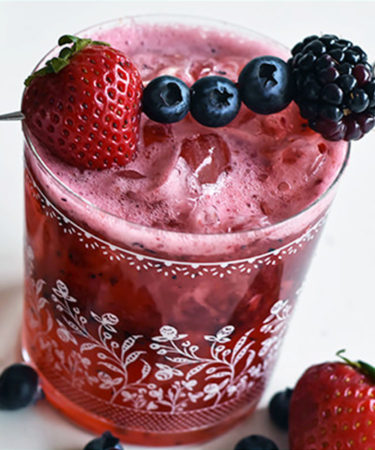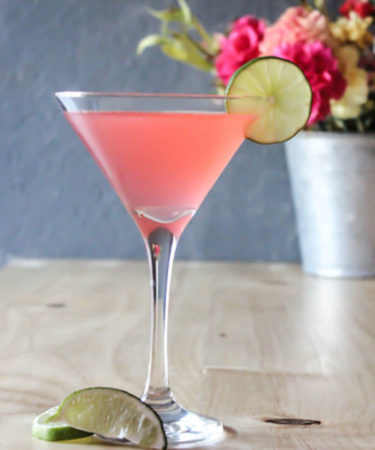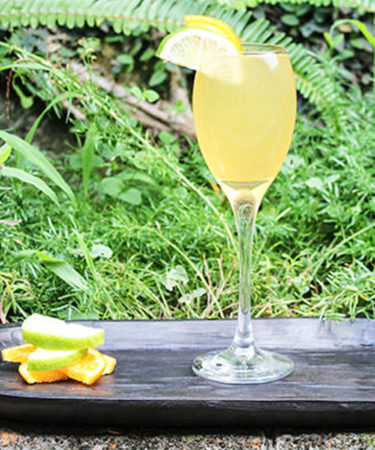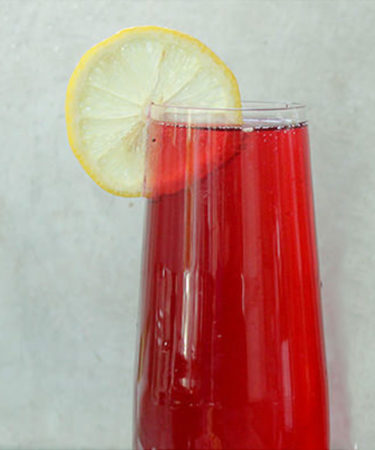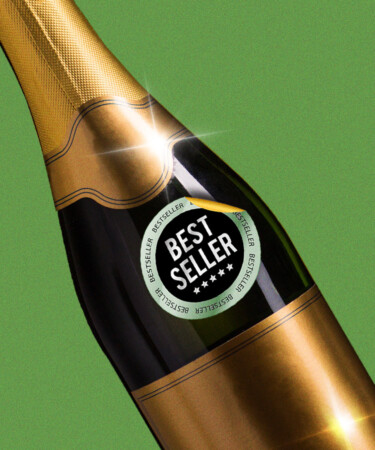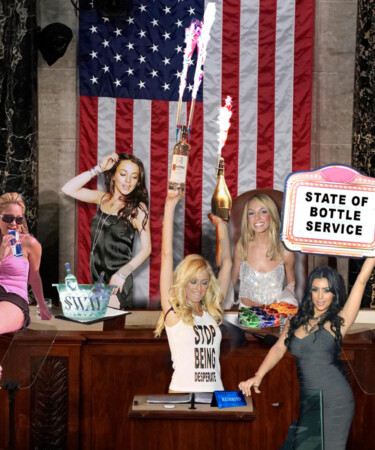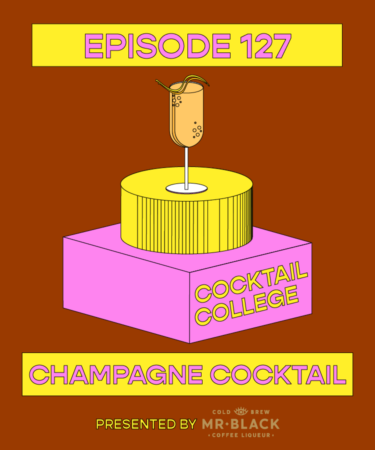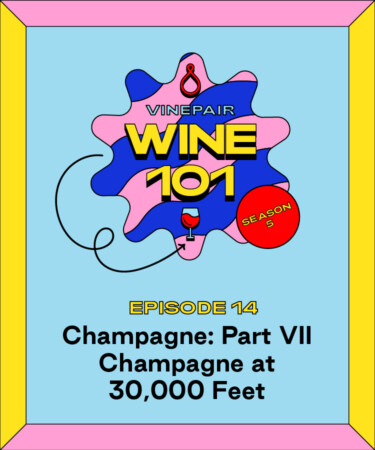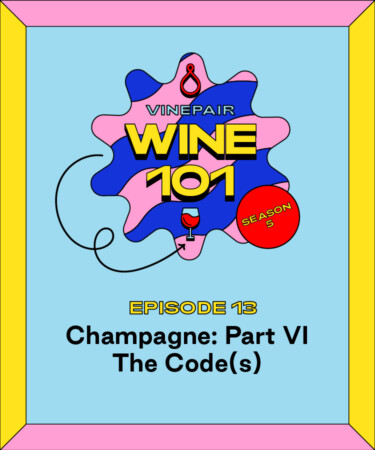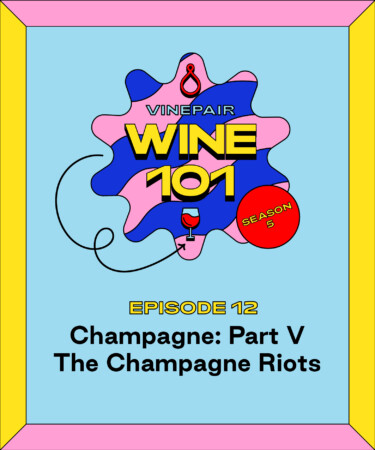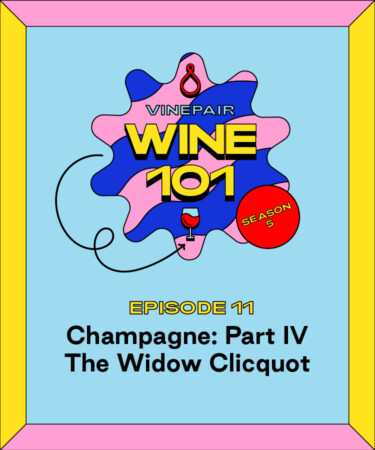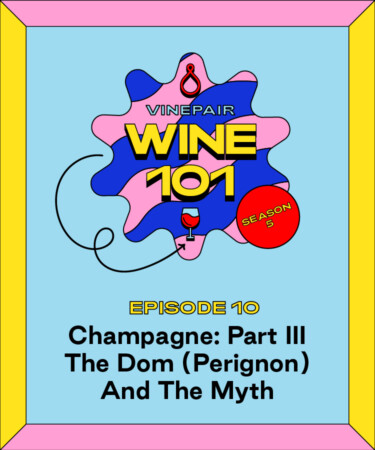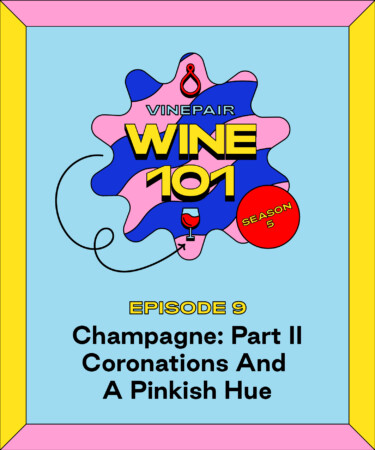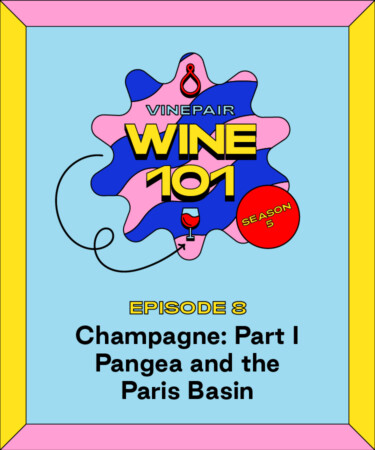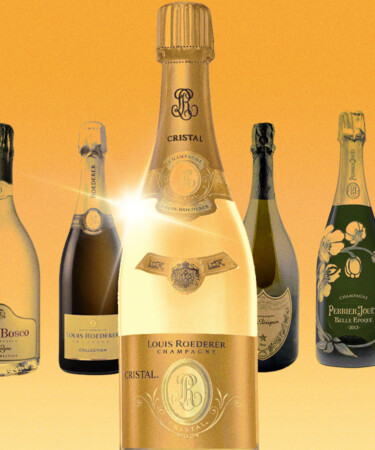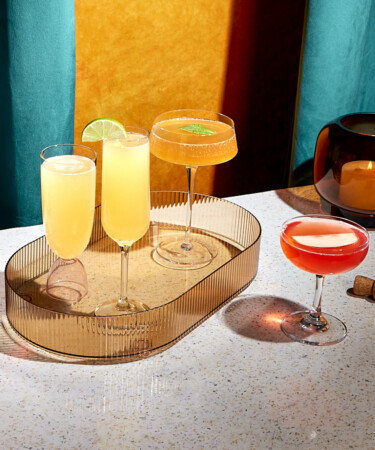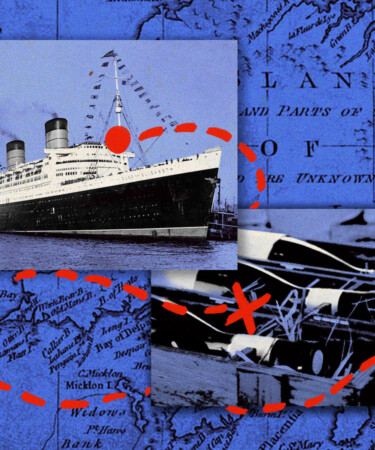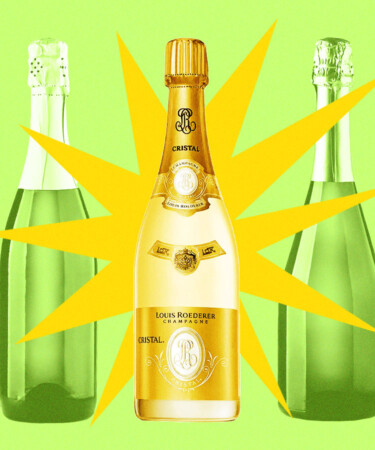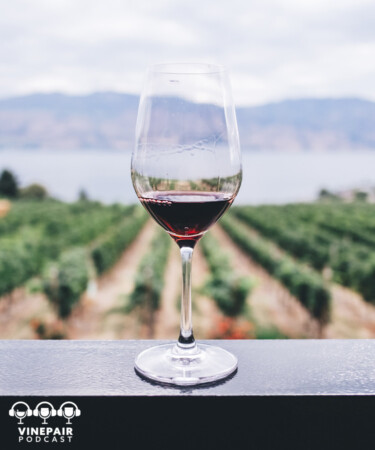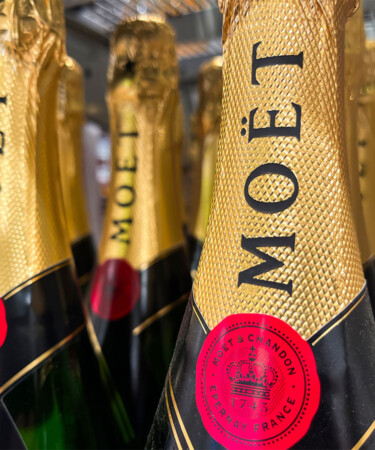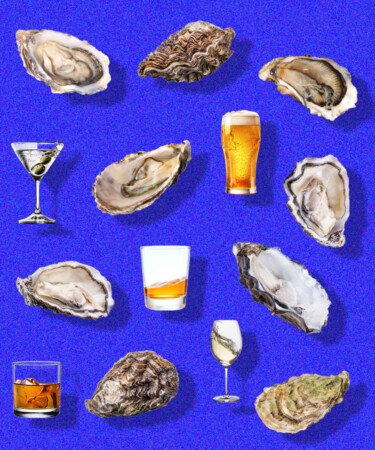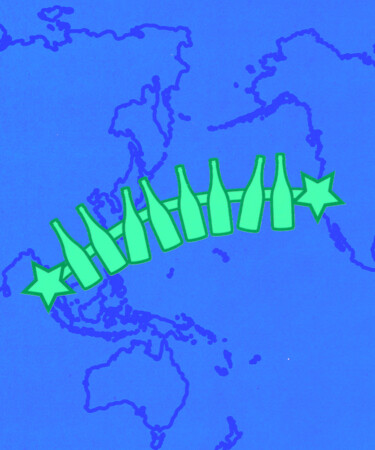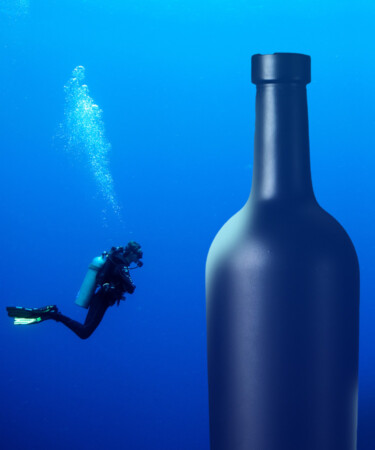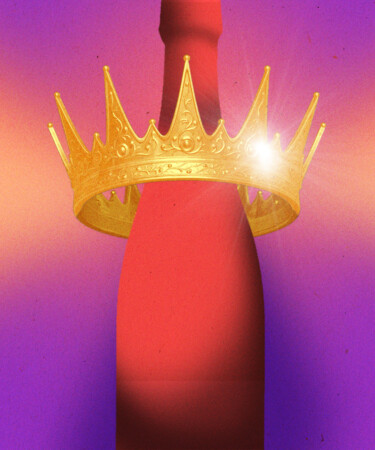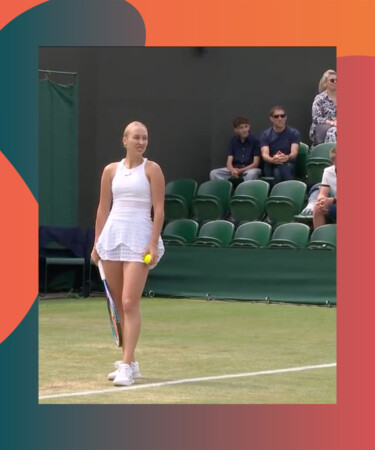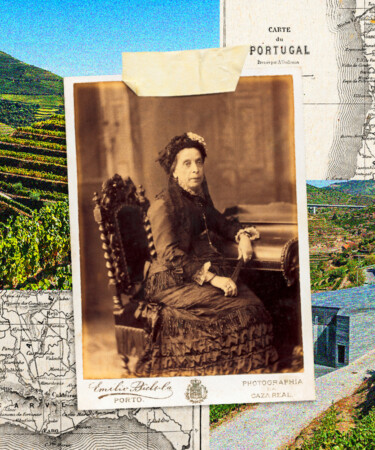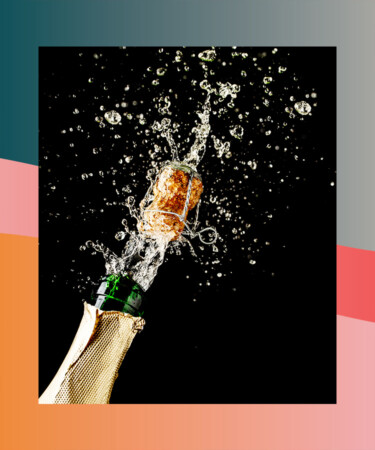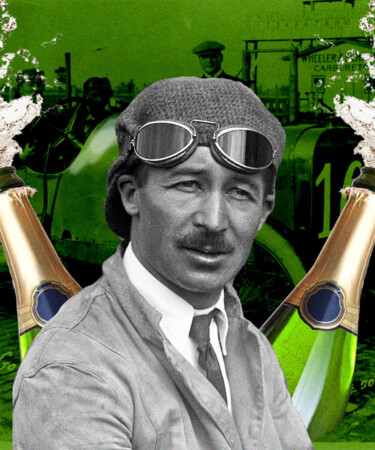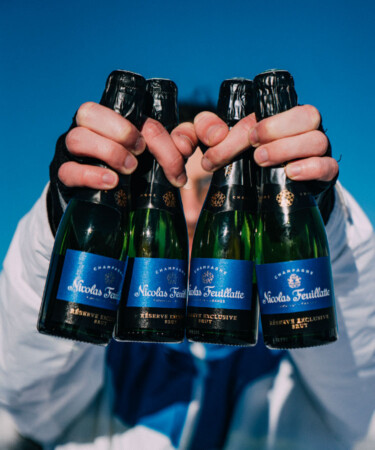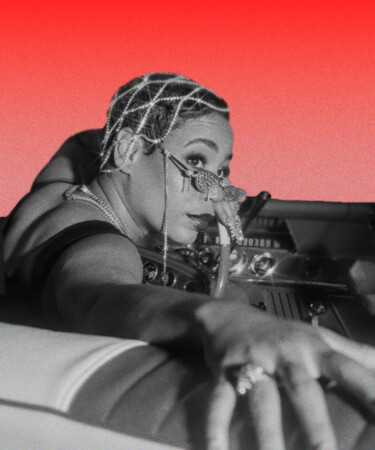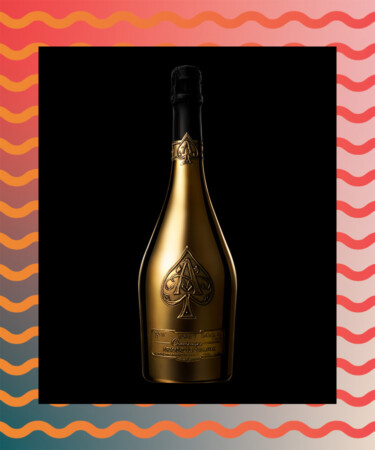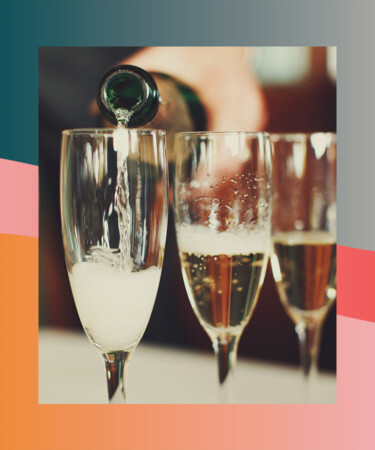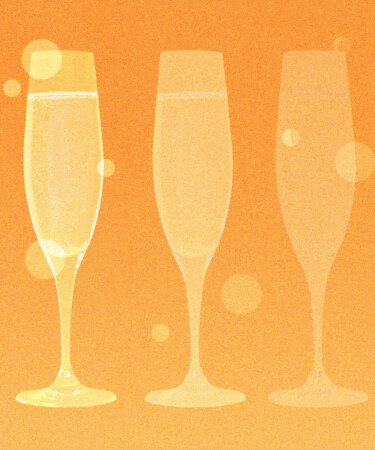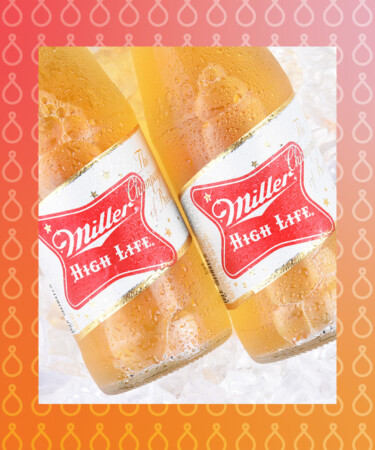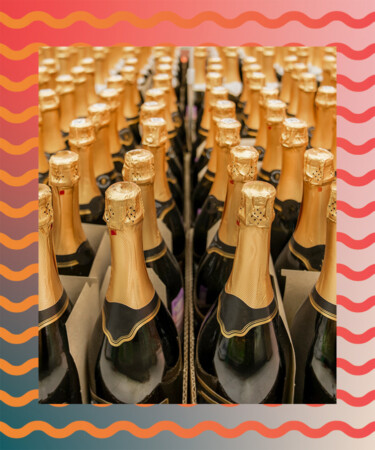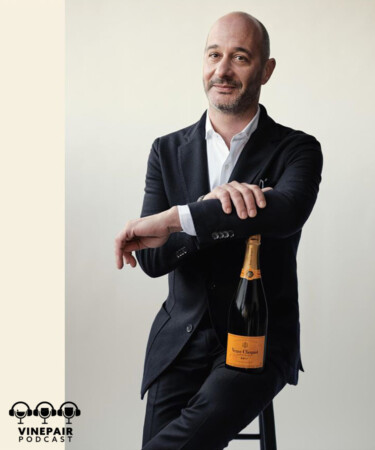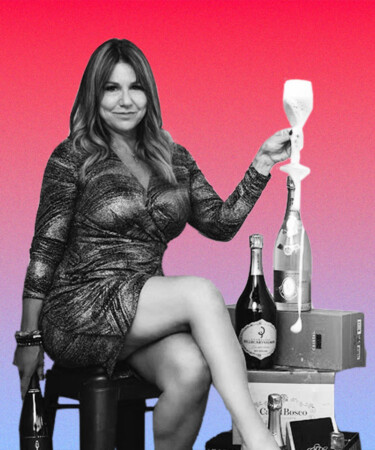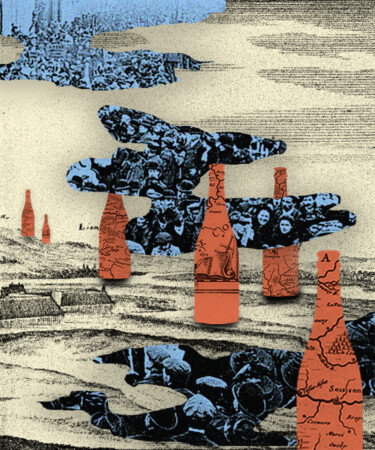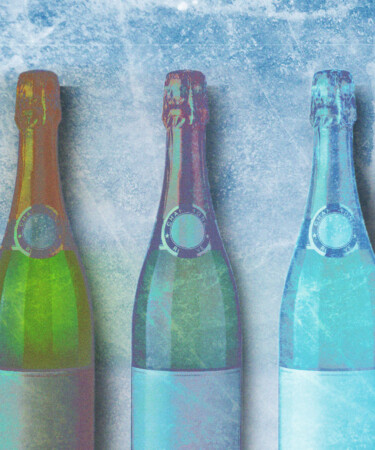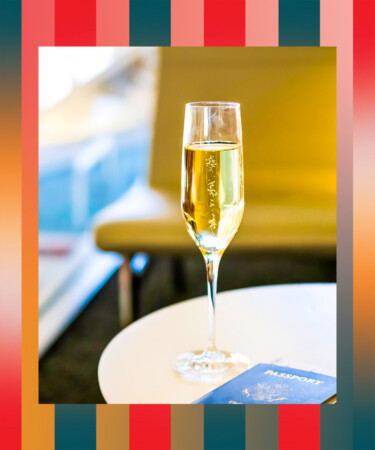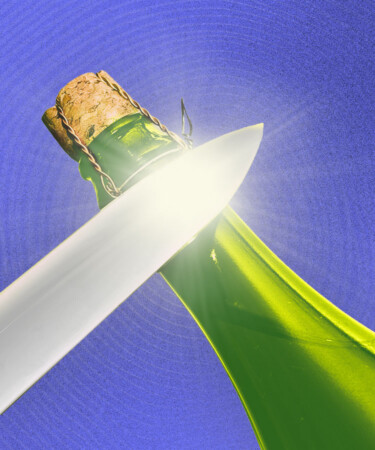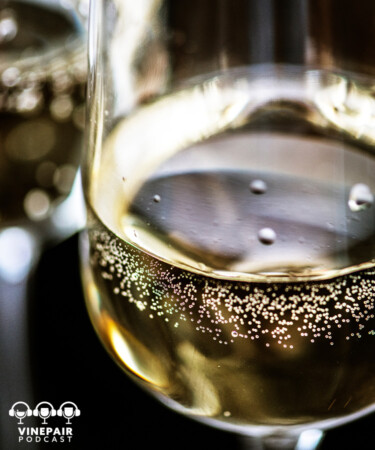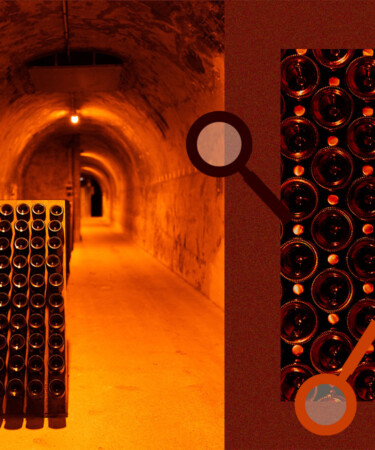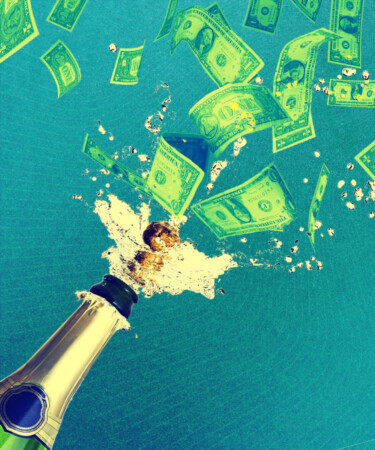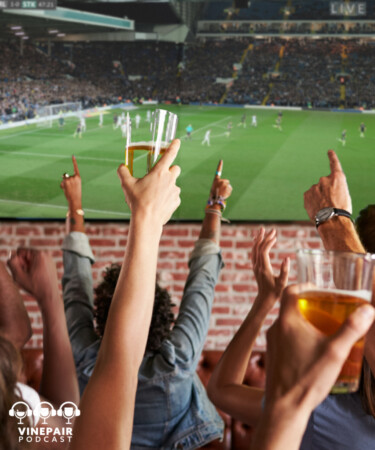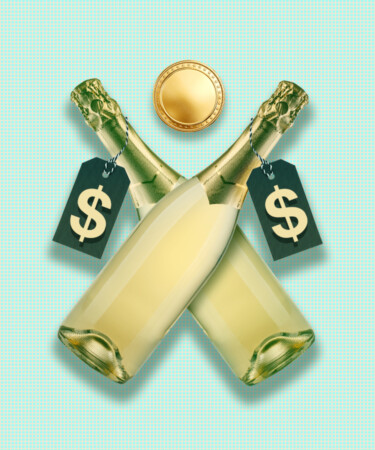Table Of Contents
Champagne 101
Last Updated: April 14, 2024
Nothing says it’s a celebration like Champagne. Since the discovery of Méthode Champenoise, or the Champagne method, it’s grown to become the premier sparkling wine. The first thing you should know about Champagne is that the wine, by definition, must be made in the Champagne region of France. That means all your favorite brands like Moët, Veuve Clicquot, and Dom Perignon are all produced in the same area.
Looking for a bottle to drink? See our always updated list of the best Champagnes!
What Is Champagne In 60 Seconds:
· Chardonnay, Pinot Noir, and Pinot Meunier are the three main grape varieties used to make Champagne.
· Champagne is produced in a variety of styles and a number of sweetness levels.
· Méthode Champenoise is the traditional method by which Champagne gains its fizz.
· The Champagne region is located in northeast France and is divided into five growing areas.
Champagne vs Sparkling Wine
All Champagne is sparkling wine, but not all sparkling wine can be considered Champagne. Much like Prosecco or Cava, Champagne has significant levels of carbon dioxide, which is what makes it fizzy.
Champagne acquires its bubbles through a second fermentation process that takes place inside the bottle. This process is known as Méthod Champenoise (or the “traditional method” outside of Champagne), and is considered the premier way to make sparkling wine. By law, all Champagne must come from the Champagne region of northern France.
Why is Champagne so Expensive?
There are a few reasons why Champagne carries a higher average retail price than any other style of sparkling wine. The first is the cost of grapes. The region’s high risk of frost and sometimes severe weather conditions can impact yields, which in turn influences grape prices. The grapes must also be hand-harvested as the use of machines is forbidden by law. This further impacts cost. In addition, the Méthod Champenoise secondary fermentation process requires hundreds of hours of manual labour, and years of aging before bottles can be released.
How to Open Champagne
Despite what we see in movies, Champagne corks should not fly across the room with precious liquid spilling out the top of the bottle. To properly open Champagne, the pressure inside the bottle needs to be handled with caution.
To start, remove the foil covering and loosen the wire cage. Once doing this, firmly hold onto the cork to prevent it from flying. With steady pressure, slowly turn the bottle with your other hand, keeping hold of the cork on top. Slowly, the pressure will release and the cork will release with a quiet pop.
Check out VinePair’s full Champagne guide for everything you need to know about everyone’s favorite sparkling wine, as well as some Champagne cocktails.
What Does Champagne Taste Like?
While produced in a variety of sweetness levels, most Champagne is dry with high acidity. Citrus and green fruit flavors often dominate, along with characteristics derived from aging on the lees (dead yeast cells), like brioche and almond. While the textured effervescence of sparkling wine is a given, Champagne often exudes a creamy mouthfeel along with a fine and elegant mousse.
How Champagne Is Made
There are a few different ways to make sparkling wine. Champagne’s fizz comes from a process known as Méthod Champenoise (or the “traditional method” outside of Champagne). This time-consuming and labor intensive process is one of the reasons Champagne stands above its peers when it comes to quality, prestige, and price.
Pressing: Juice from the first press (cuvée) is considered the highest quality, while juice from the second press (taille) contains more pigments and tannins.
First Fermentation: As with still wine, the grape’s sugars are converted into alcohol via the addition of yeast.
Blending: Most Champagne producers create a non-vintage house blend. Because of difficult climate conditions, blending wines made with grapes from different areas and in different vintages are an important factor in maintaining a “house style.”
Second Fermentation: This step can take up to eight weeks to complete. Still wine, sugar, and yeast are bottled under a crown cap and stored horizontally. The yeast slowly converts the sugar to alcohol and creates CO2 (aka the bubbles) as a by-product.
Lees Aging: Once the conversion is complete, the dead yeast cells (lees) play an important role in the wine’s aging. The contact with lees enhances the now-sparkling wine’s flavor profile. The process takes a minimum of 15 months for a non-vintage expressions, and three years for a vintage wine.
Riddling: Bottles are placed on special racks that hold them at an inverted 45-degree angle. The bottles are turned slightly and every so often, allowing the lees to settle towards the neck of the bottle. Traditionally, this step was done by hand, taking several months. Today, most riddling is mechanized and can be completed in a week.
Disgorgement and Dosage: The temporary crown cap is removed to allow for the extraction of the dead yeast and sediment (disgorgement). The neck of the bottle is frozen at this stage to allow for easier removal. The lost liquid is replaced by a mixture of still wine and sugar (dosage), which determines the wine’s final sweetness level.
Recorking and Aging: The final cork and wire cage are placed on the bottle before the wine ages in the bottle. A non-vintage Champagne must age in the bottle for a minimum of 15 months (including 12 months on the lees) while a vintage Champagne must age for a minimum of 36 months before being released for sale.
The Different Styles of Champagne
Champagne can be produced in a number of different styles, depending on the producer’s choice of grape varieties. The most common style is Brut Champagne, a non-vintage dry house blend made from the three most common Champagne varieties: Chardonnay, Pinot Noir, and Pinot Meunier.
Rosé Champagne can be made one of two ways: The saignée method, in which clear juice from red varieties macerates with the skins, results in a lightly colored wine; or the d'assemblage method, wherein a small amount of still red wine is blended into the still base white wine.
Blanc de Noirs Champagne is a white sparkling wine produced from the region’s permitted black grapes. This method requires as little contact between juice (grape must) and skins as possible. Blanc de Blancs Champagne, on the other hand, is a white sparkling wine produced using the region’s permitted white grapes.
The Different Sweetness Levels of Champagne
As if the Champagne-making process wasn’t complicated enough, different sweetness levels, derived from the amount of sugar added during dosage, are communicated using a separate set of terminologies on the label. These include:
Brut Nature: Little or no sugar is added (less than 3 grams of sugar per liter).
Extra Brut: Slightly sweeter, yet still perceived as dry on the palate (less than 6 grams of sugar per liter).
Brut: The most popular type of Champagne; still considered fairly dry less than 12 grams of sugar per liter).
Extra Dry: Slightly sweeter than Brut (between 12 and 17 grams of sugar per liter).
Sec: Noticeably sweet (between 17 and 32 grams of sugar per liter).
Demi-Sec: Sweeter than Sec (between 32 and 50 grams of sugar per liter).
Doux: The sweetest level ( more than 50 grams of sugar per liter).
Champagne’s Climate and Wine Growing Areas
The Champagne region is located in the northeast corner of France, about 100 miles east of Paris. The region’s cool temperatures make it difficult for the grapes to ripen, but this factor also provides the perfect environment to grow grapes with high levels of acidity, which is ideal for making sparkling wine.
Of the five growing areas, Côte de Sézanne and Côte des Blancs grow mainly Chardonnay. Côte des Bar and Montagne de Reims grow mainly Pinot Noir, while the Vallée de la Marne grows both Pinot Noir and Pinot Meunier. Combined, the five areas include 17 Grand Cru villages and 42 with Premiere Cru ranking.
How to Pair Champagne with Food
Champagne on its own is quite an indulgence. But if you’re looking to pair it with a snack or a meal, you might as well dive headfirst into decadence. As an appetizer, sip on Champagne alongside a soft French cheese like a baked, triple-cream brie with toasted pecans on top. For entrees, anything salty or fried will balance the acidity in the wine nicely. Try it with fried oysters or smoked salmon if you’re a seafood lover, or crispy fried chicken or stuffed mushrooms for a thoroughly enjoyable culinary experience. For dessert, avoid overly sweet dishes as they’ll compete with the dryness of the Champagne. Alternatively, pair like-with-like and pop a Demi Sec or Doux bottle.
See All Of Our Champagne Coverage Below!
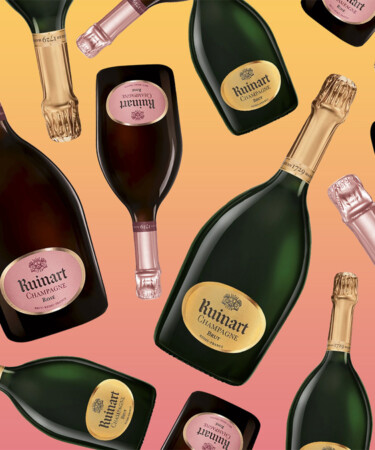
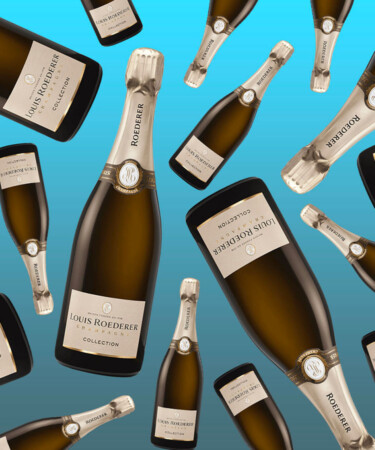
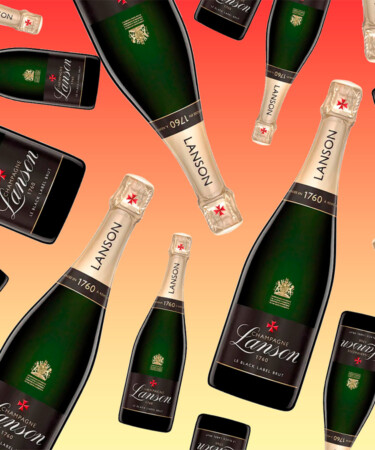
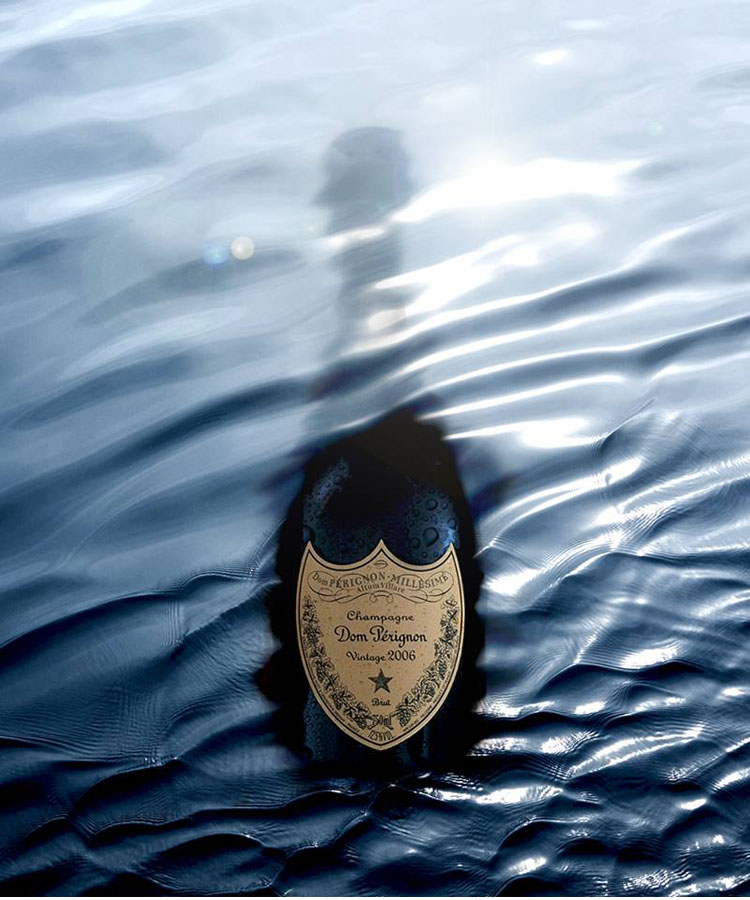
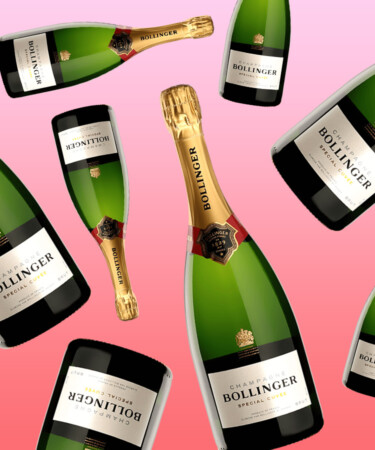
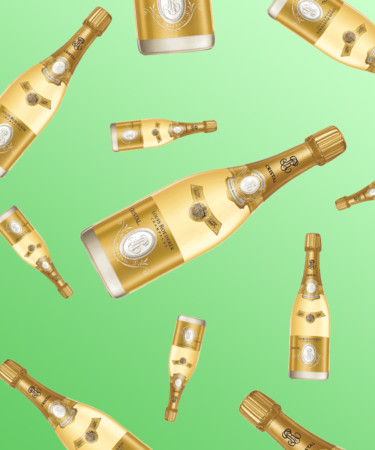
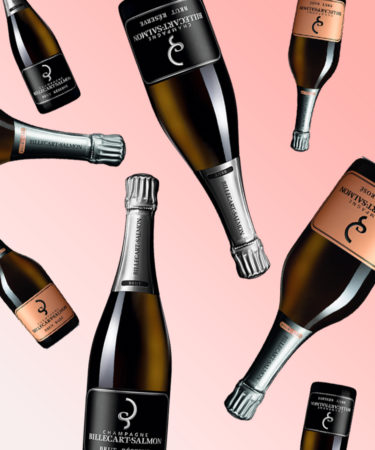
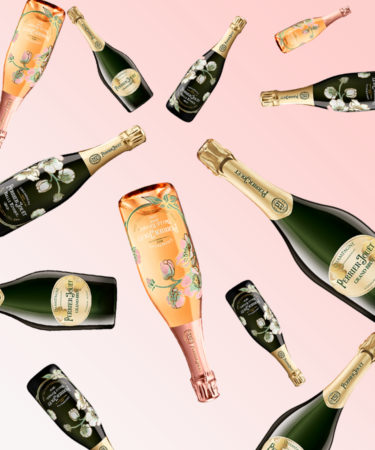
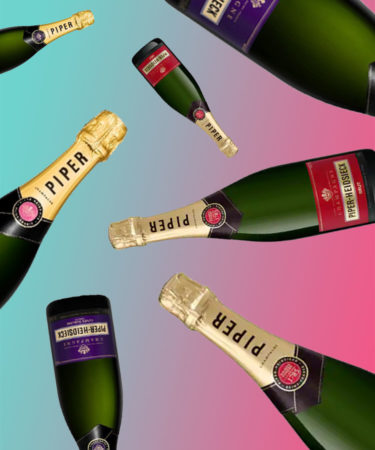
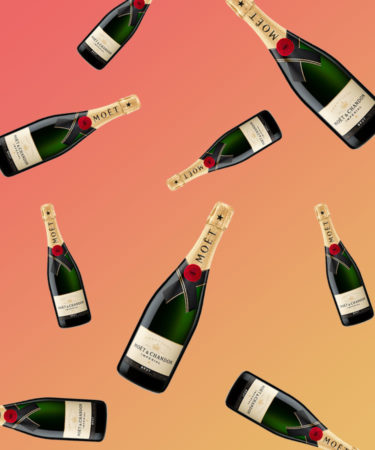
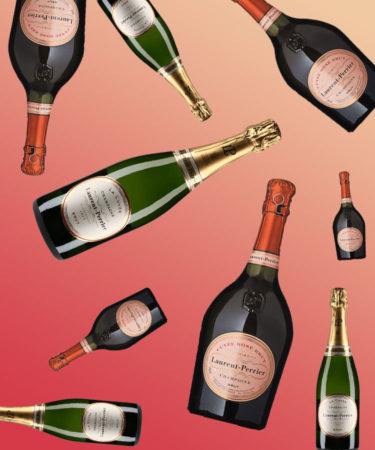
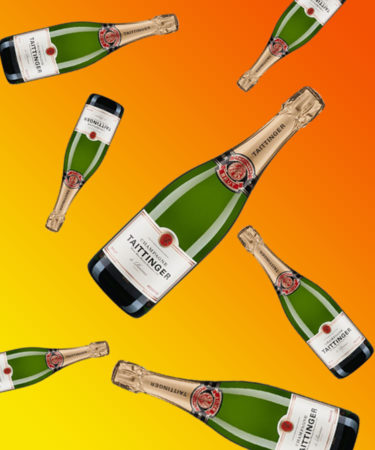
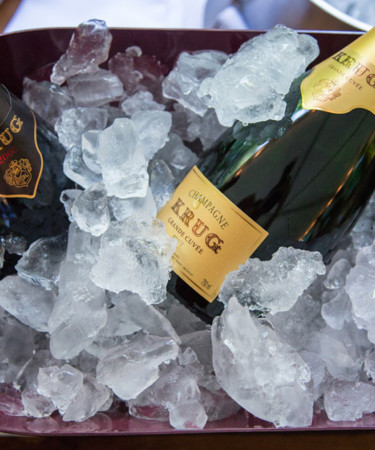
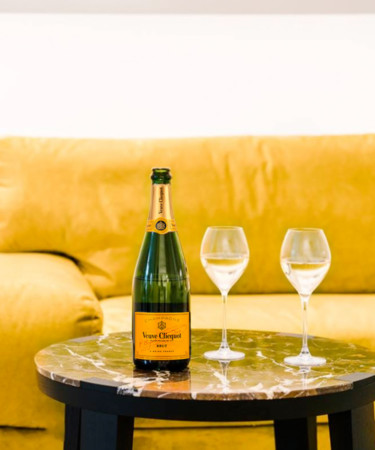
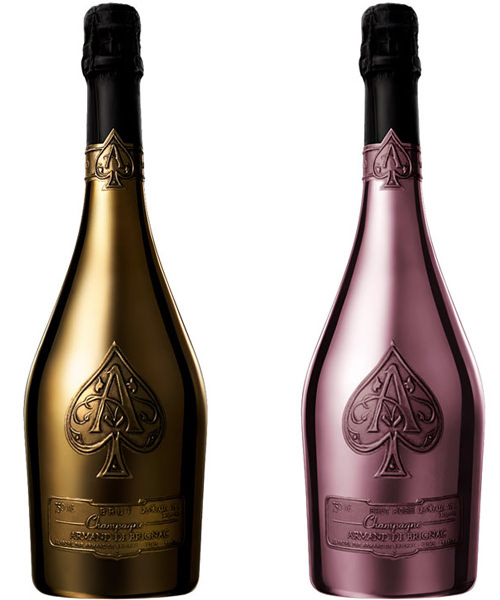
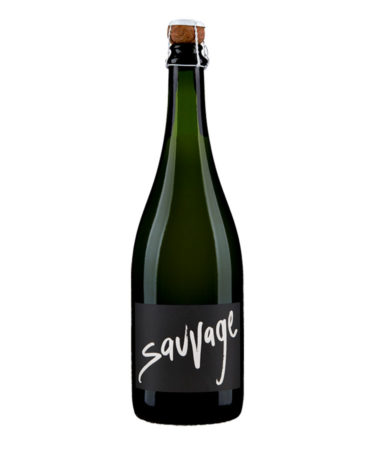
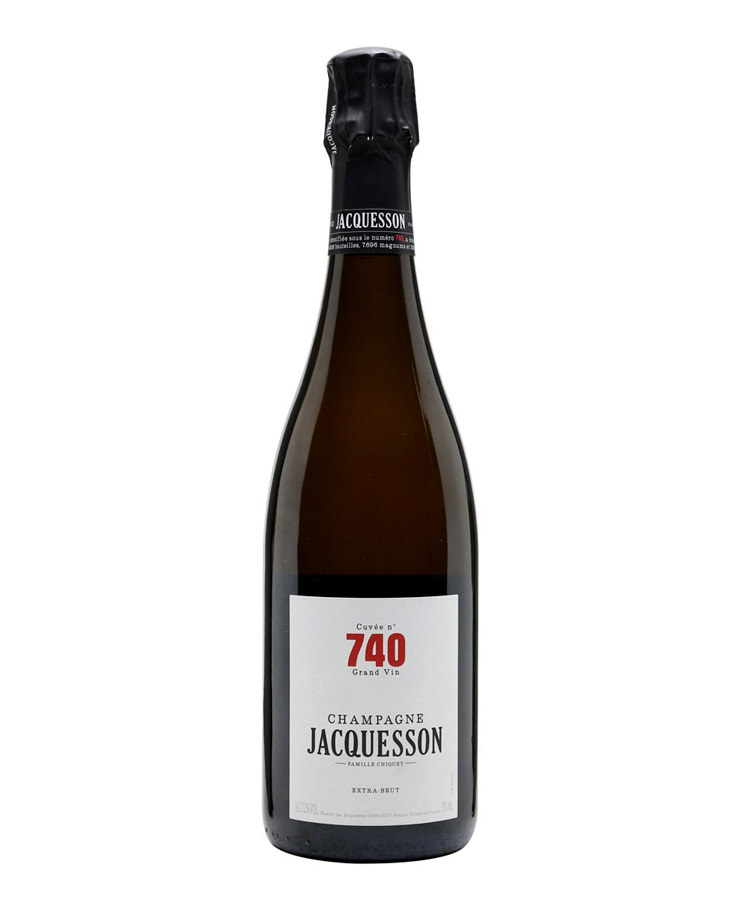
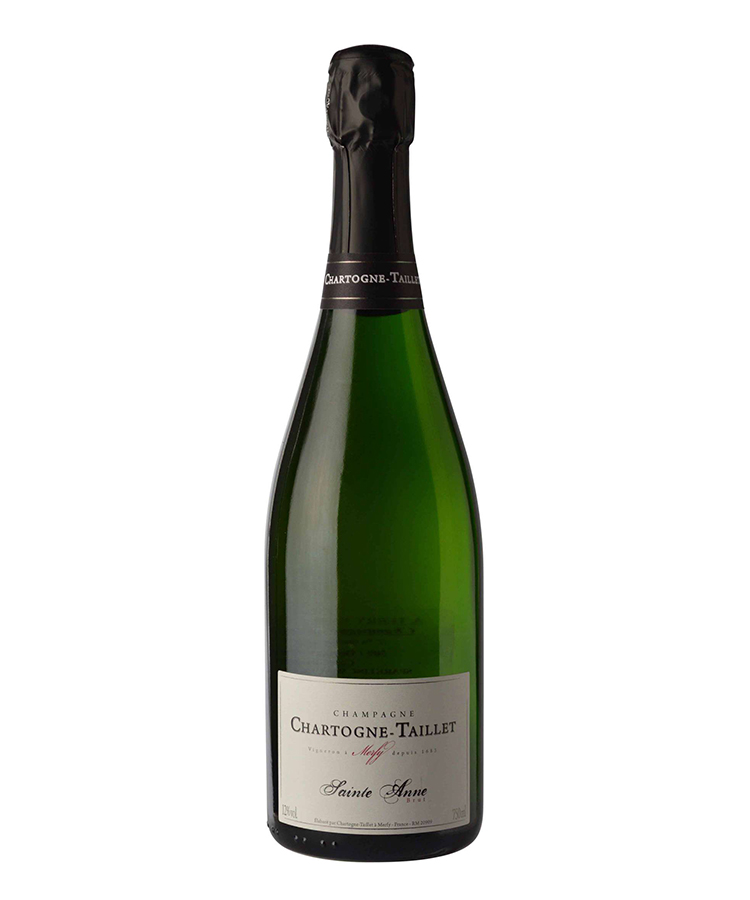
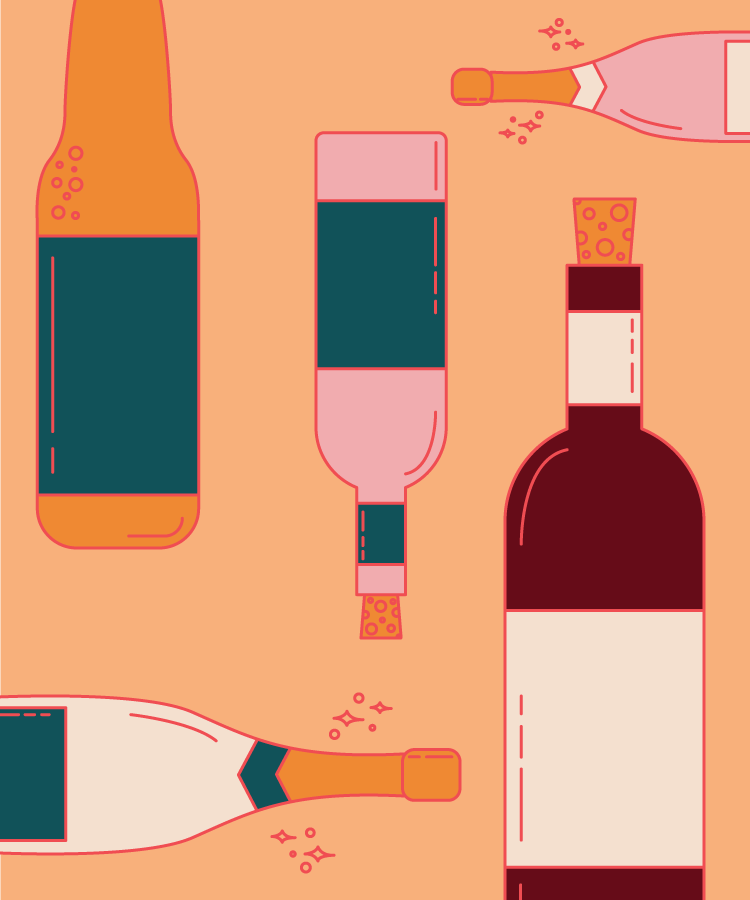
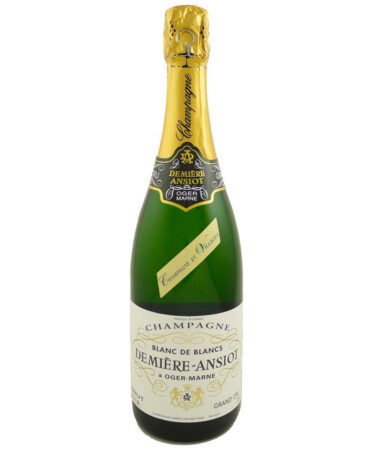
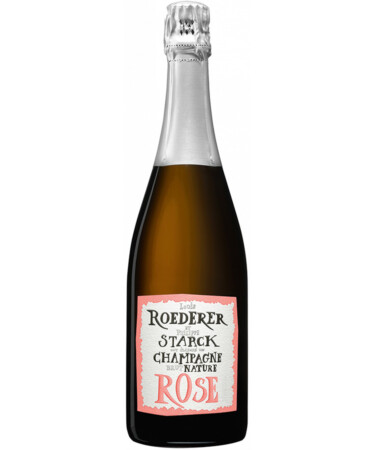
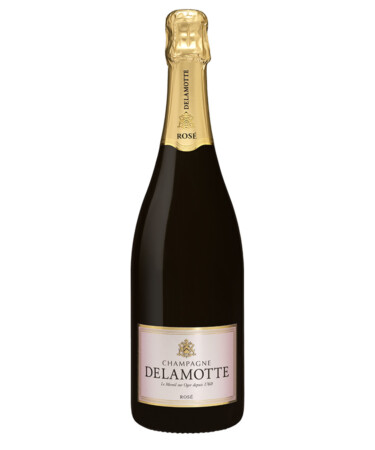
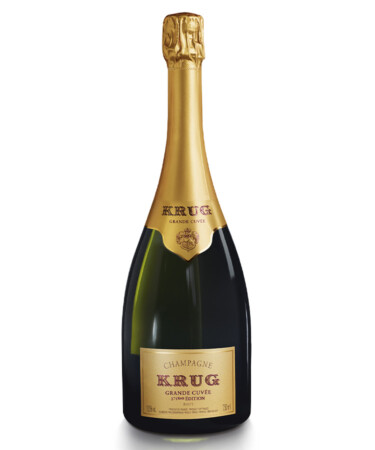
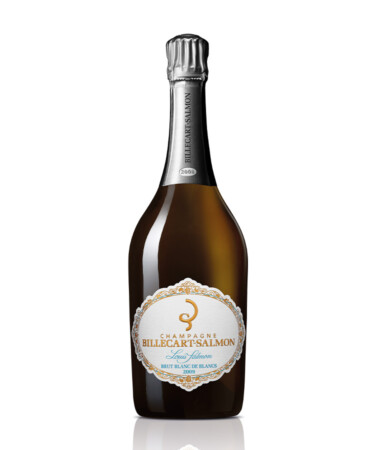
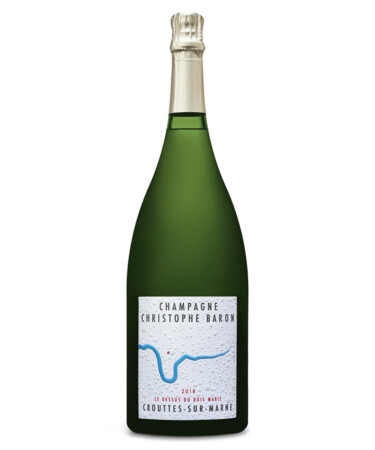
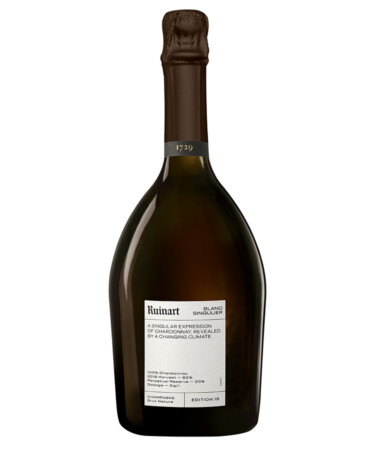
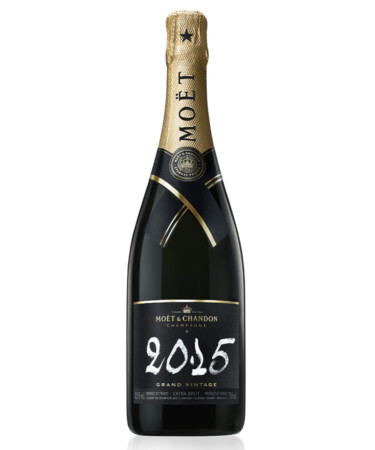
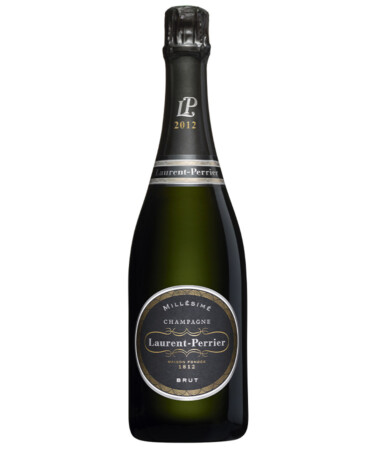
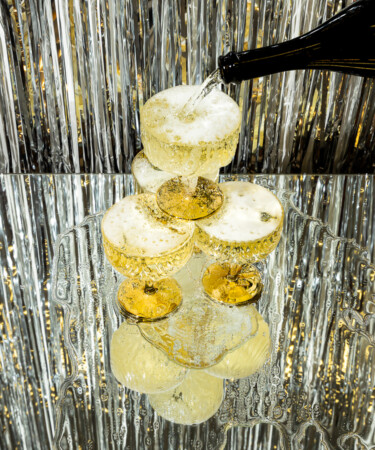
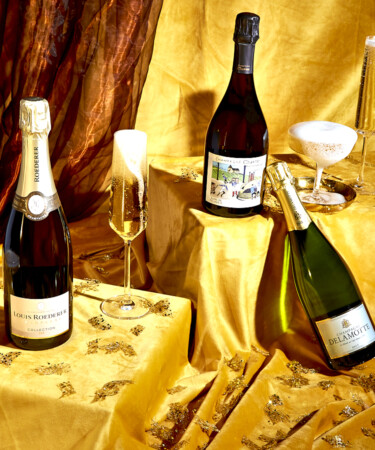
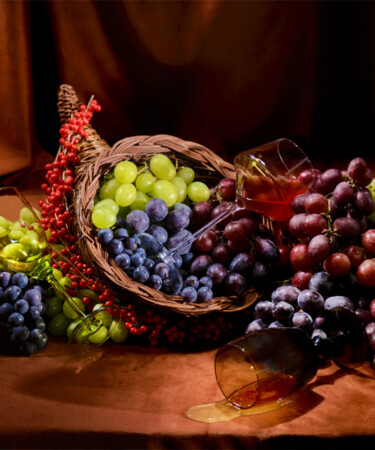
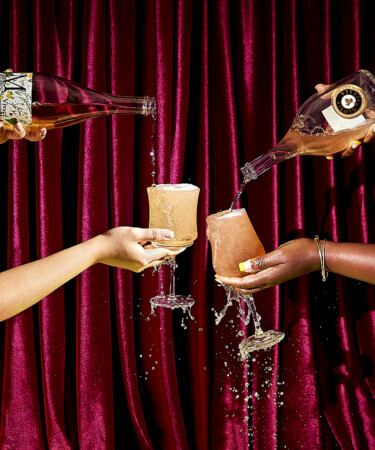
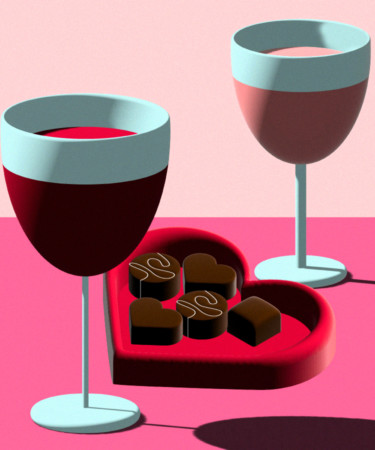
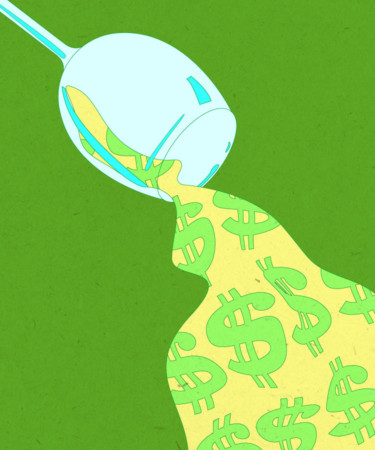
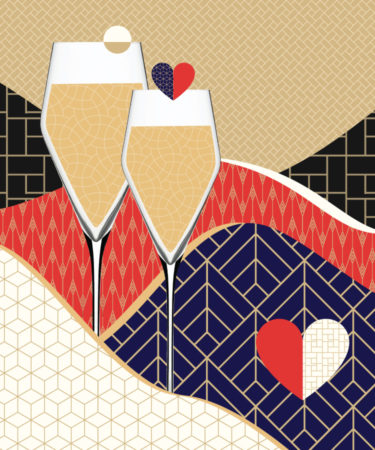
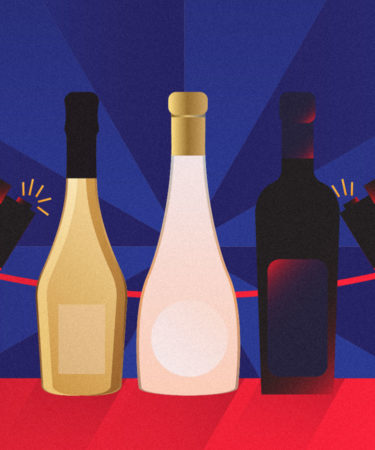
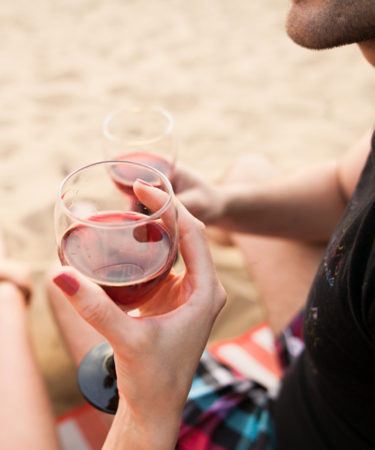
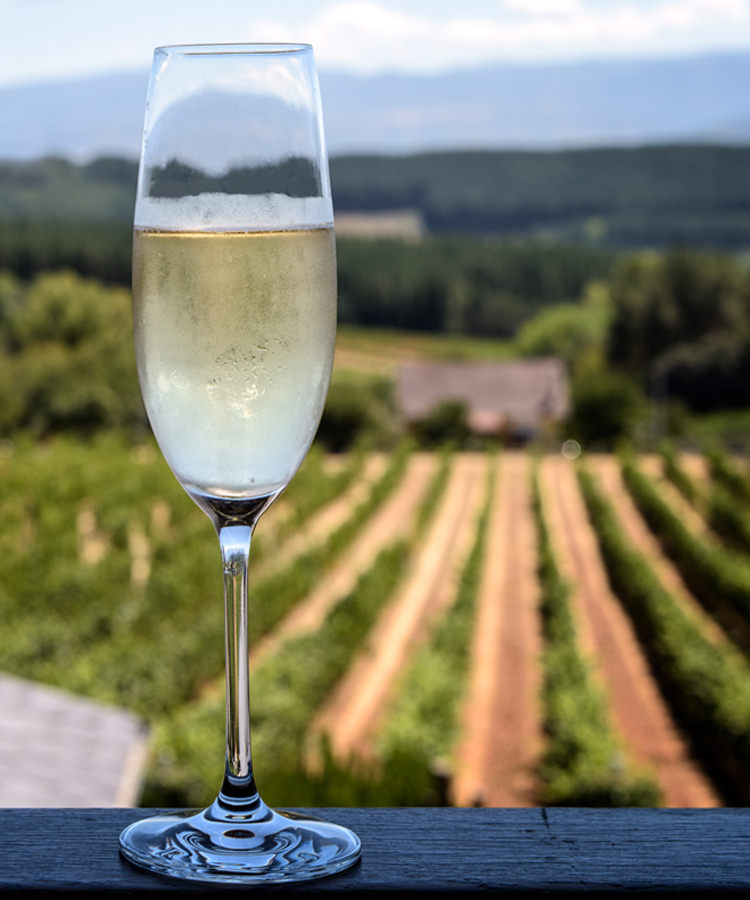
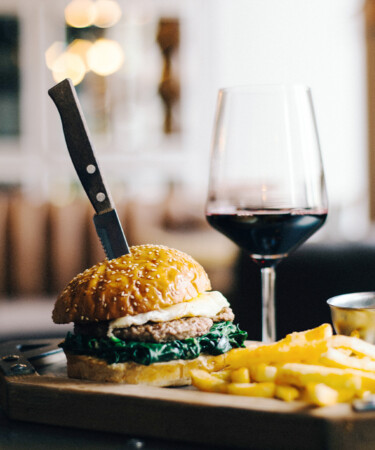
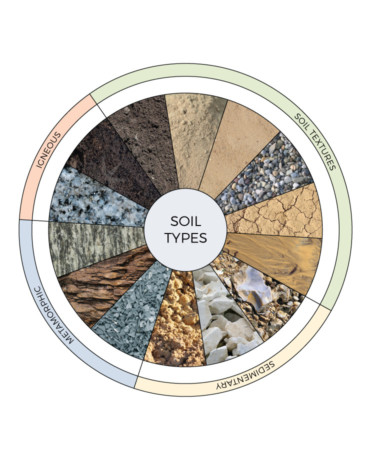
![The Moët Index: The Work it Takes to Buy a Bottle All Around the World [Infographic]](https://vinepair.com/wp-content/uploads/2017/04/MOET-card-375x450.jpg)
